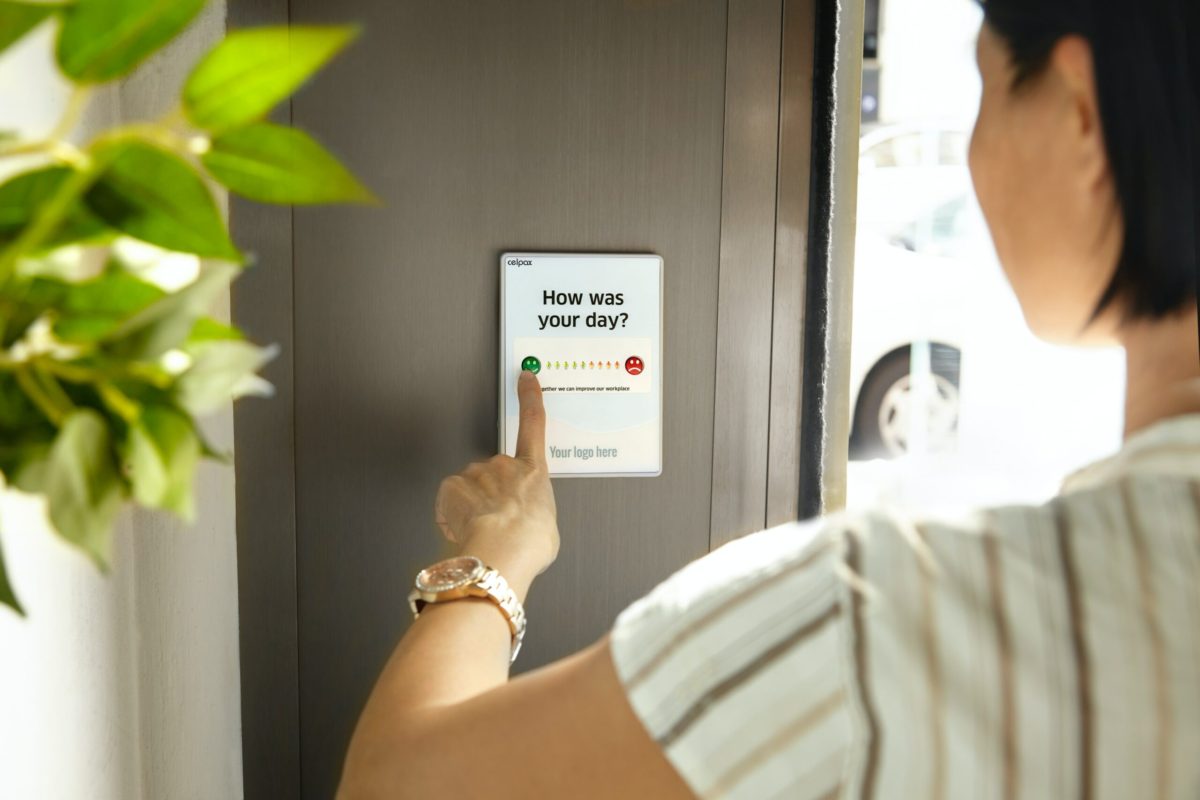I am excited to announce that we published our annual talent acquisition buyer’s guide report this week sponsored by Verified First. It serves as a resource for anyone interested in learning more about the trends impacting technology and the requirements critical to making decisions. The talent acquisition technology market is constantly changing, and staying ahead of trends is becoming more challenging. Organizations need to evaluate providers based on a new set of criteria that encourages partnership and collaboration between the business and the solutions. Trust in the company, product, and roadmap is a critical part of the buyer’s journey and a key differentiator when evaluating solutions.
Evaluating technology is not as easy as it used to be. Ten years ago, the talent acquisition technology market was comprised of multiple providers offering clear products in defined categories such as background screening, job boards, applicant tracking systems (ATS), assessments, and onboarding. Today, the market has exploded with hundreds more providers and new ones entering each month. Additionally, the lines have blurred. Many of these providers offer several solutions in talent acquisition or have created new categories of technology, making a buyer’s decision much more complicated.
Below are 5 top findings from this research:
- Efficiency is driving decisions. Companies have stated that improving efficiency is the key driver when evaluating technology providers. Companies are looking at providers to improve time to fill, increase recruiter productivity and improve overall decision-making in talent acquisition technology. Improved efficiency benefits the candidate and the employer by helping candidates receive communication, stay informed and move through the process.
- Talent Acquisition Technology Investment Continues to Increase. Although some technology investment has slowed down over the past year, one in four companies are increasing their TA investment, and 44% of companies invested in new technology in 2020. Companies are looking at providers to support the challenges they face but often do not consider how they will work with the existing technology infrastructure.
- Companies need to measure ROI early. Only 1 in 2 companies measure the ROI of their technology investment. As talent acquisition is being held more accountable to the business, showing the value and the timeframe is critical. Measuring and demonstrating ROI is a crucial part of any technology decision and does not need to happen after a company makes its investment – it should actually be considered before.
- True partnership helps to improve adoption. Adoption is a challenge in talent acquisition technology. Only 3% of companies use all the ATS functionality and only 2% in their CRMs. Companies need to look at how their provider will partner with them during implementation and how they will make that relationship stick after year one, year two, and beyond. Companies should consider their change management resources, and customer advisory boards and councils, customer feedback sessions, and “Idea Labs,” where customers are free to voice concerns and connect with other customers.
- Companies are looking to replace solutions this year. The top areas of TA tech replacement this year include ATS, CRM, background screening, and assessments. Before evaluating technology options, organizations should conduct an internal needs analysis and be prepared to answer some questions internally. Companies need to identify and communicate expectations before evaluating solutions. Before signing on with a provider, companies should ask how confident the provider is in meeting these expectations and what plans they have in place to meet and even exceed them.
TA buyers face more difficult decisions today with new providers, new categories, and new pressures. The TA tech market changes rapidly, and companies must balance their own unique requirements with the providers that will partner with them. This report can help companies at any stage of their TA tech buyer’s journey.








